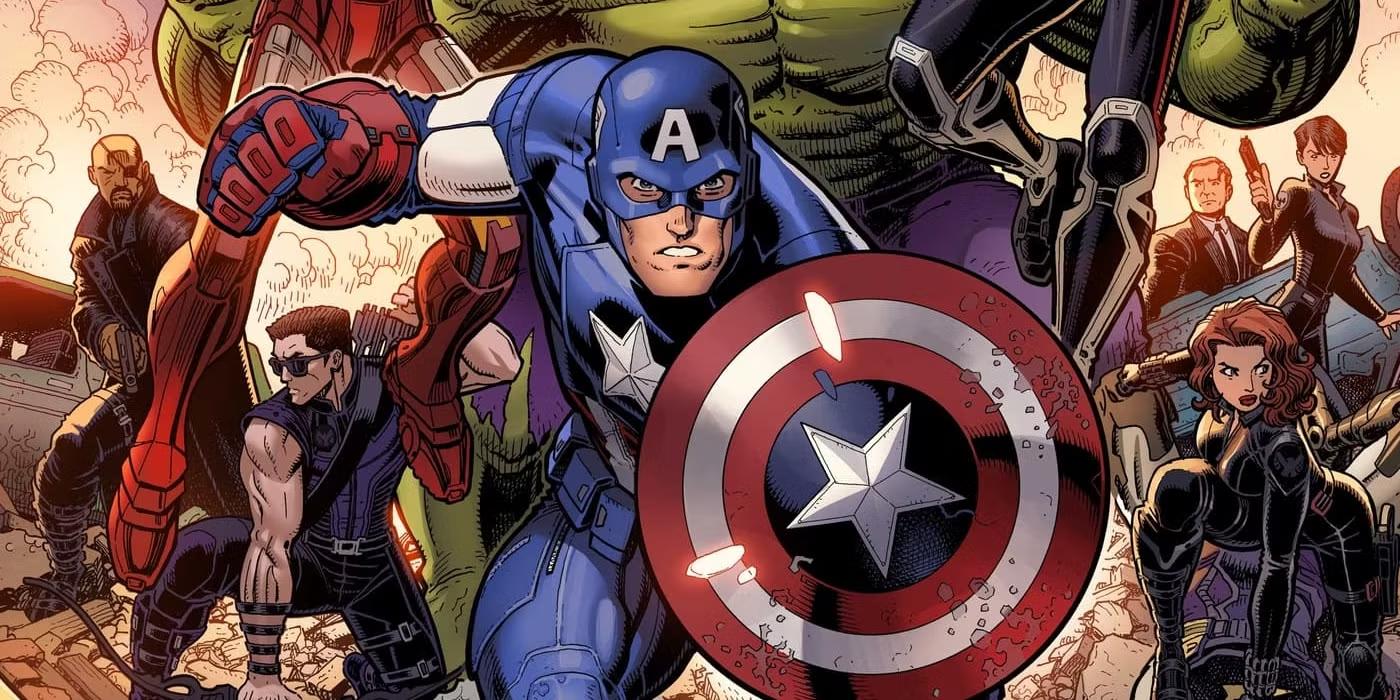mistressesanonymous.com – Meerkats, those charismatic and highly social members of the mongoose family, have captured the hearts of people around the world. With their upright posture, alert expressions, and cooperative behavior, meerkats have become a symbol of teamwork and vigilance. This article explores the fascinating world of meerkats, delving into their unique adaptations, social structure, foraging techniques, and their interactions with humans.
Physical Characteristics: Adapted for Survival in Harsh Environments
Meerkats are small, burrowing mammals that typically weigh around 700-900 grams (1.5-2 pounds) and measure around 25-35 centimeters (10-14 inches) in body length, with their tails adding an extra 17-25 centimeters (7-10 inches). They have a sandy brown or grayish coat with distinctive dark patches around their eyes, which help to reduce glare from the harsh African sun. Their long, slender bodies and strong claws make them well-suited for digging burrows and foraging for food.
Social Structure: A Cooperative and Complex Society
Meerkats are highly social animals that live in groups called mobs or clans, which can consist of up to 50 individuals. They have a complex social hierarchy, with a dominant breeding pair and several subordinate helpers. Meerkats are known for their cooperative behavior, with individuals taking on specific roles such as:
- Sentinels: These individuals stand guard while the rest of the group forages, watching for predators such as eagles, hawks, and jackals.
- Helpers: These individuals assist with caring for pups, digging burrows, and defending the territory.
- Pups: These are the young meerkats, who are cared for by the entire group.
Foraging Techniques: A Scavenger’s Resourcefulness
Meerkats are primarily insectivores, feeding on insects, larvae, spiders, and scorpions. They also consume small vertebrates such as lizards, snakes, and birds, as well as plant matter such as fruits and roots. Meerkats have a unique foraging technique, using their strong claws to dig up prey from the ground. They are also known to cooperate when hunting larger prey, such as snakes.
Interactions with Humans: From Curiosity to Conservation
Meerkats have become increasingly popular in popular culture, thanks to their charismatic personalities and cooperative behavior. They are often featured in wildlife documentaries and have even starred in their own television shows. While meerkats are not typically kept as pets, they are popular attractions in zoos and wildlife parks.
Conservation efforts are focused on protecting their natural habitats and promoting coexistence between humans and meerkats. By understanding and appreciating these fascinating creatures, we can help ensure their continued survival in the wild.
Conclusion
Meerkats are fascinating creatures that have captured the hearts of people around the world. Their unique adaptations, complex social structure, and cooperative behavior make them a true wonder of the natural world. By learning more about these charismatic animals, we can gain a greater appreciation for the diversity and interconnectedness of life on Earth.


